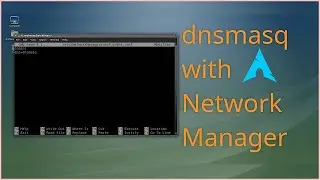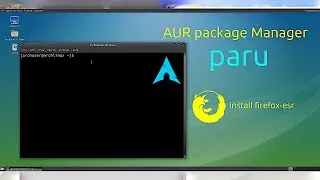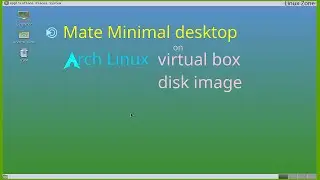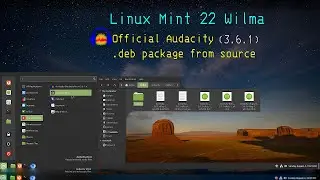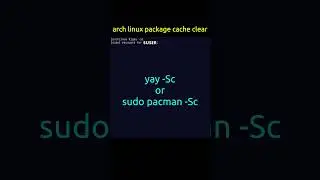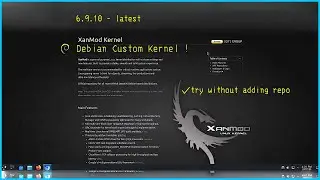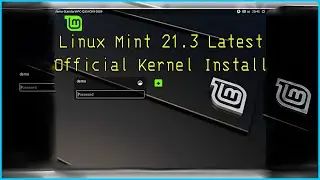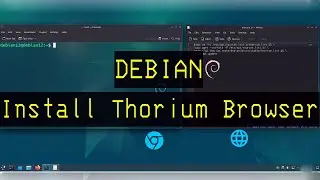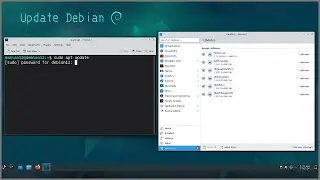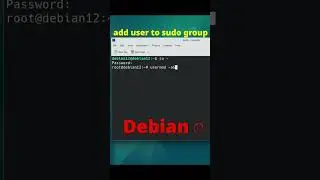Arch Linux i3 window manager installation VMware Part 4 Step by Step Guide
Hi, I will install i3 window manager in Arch Linux Step by Step Guide. This is part 4 of this series you can watch other videos too, to start with scratch in VMware player.
Arch Linux i3 window manager installation VMware Part 4 Step by Step Guide
Installation using pacman package manager, i3 dmenu i3status
i3 Window Manger User Guide here:
🌐 https://i3wm.org/docs/userguide.html
Arch Linux official installation guide here:
🌐 https://wiki.archlinux.org/title/inst...
GRUB installation guide here:
🌐 https://wiki.archlinux.org/title/GRUB
Arch Linux NVidia drivers installation and configuration Guide:
🌐 https://wiki.archlinux.org/title/NVIDIA
Arch Linux AMD GPU drivers installation and configuration guide:
🌐 https://wiki.archlinux.org/title/AMDGPU
Arch Linux is a lightweight rolling release Linux distribution for x86-64 architecture-based computers. It is open-source and contains both free and proprietary software because of its flexibility-based philosophy.
Arch's lightweight and minimalistic nature is the prime reason for its rising popularity in the tech community.
What is i3 ?
i3 is a tiling window manager designed for X11, inspired by wmii and written in C. It supports tiling, stacking, and tabbing layouts, which it handles dynamically. Configuration is achieved via plain text file and extending i3 is possible using its Unix domain socket and JSON based IPC interface from many programming languages.
i3 uses a control system very similar to that of vi. By default, window focus is controlled by the 'Mod1' (Alt key/Win key) plus the right-hand home row keys (Mod1+J,K,L), while window movement is controlled by the addition of the Shift key (Mod1+Shift+J,K,L).
i3 Features:
1. The configuration is done via a plain text file (found in ~/.config/i3/config).
2. i3 can be customized without programming.
3. Contrary to other popular tiling window managers, such as dwm, awesome, and xmonad, window management is left to the user in i3. Windows are held inside containers, which can be split vertically or horizontally. They can also optionally be resized. There are also options for stacking the windows, as well as tabbing them (similar to the interface that web browsers use).
4. Uses dmenu as the default program launcher, but it can be replaced.
Design of i3 window manager:
1. Possess well-written, documented code that encourages user contribution.
2. Use XCB instead of Xlib.
3. Implement multi-monitor features correctly, so that each workspace is assigned to a virtual screen, and monitor additions and removals are non-destructive of windows.
4. Implement different modes, similar to the text editor vi and vim. That is, keys have different functions depending on the mode that the window manager is in.
5. Use a tree as the abstraction (and underlying data structure) for window management.
6. Implement UTF-8 character encoding.








